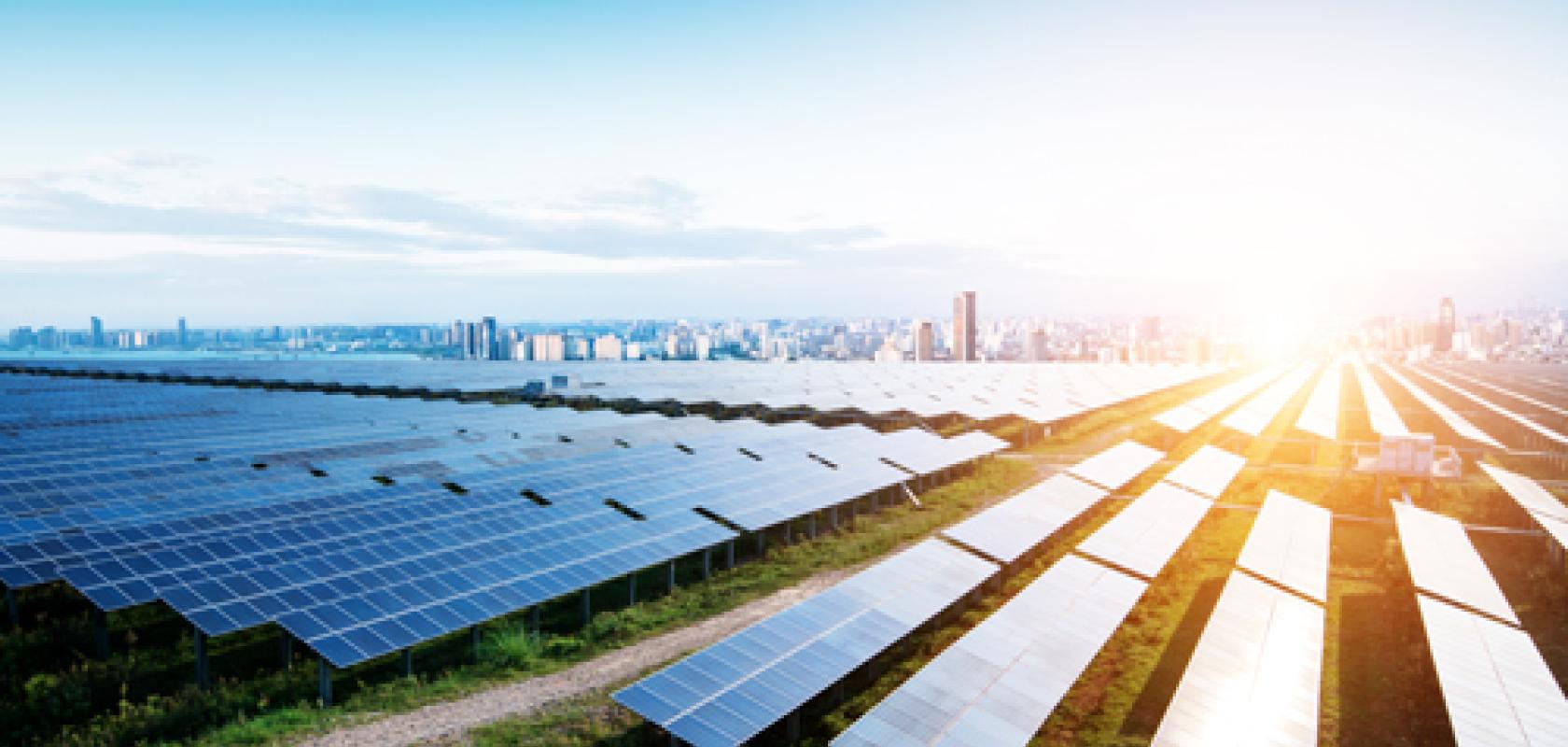The huge disruption to the world’s energy markets caused by Covid-19 undoubtedly made World Energy Outlook 2020 even more eagerly anticipated than usual. The annual publication from the International Energy Agency is one of the most authoritative for global energy analysis and predictions, and this year’s report, amidst the headlines emphasising the scale of the challenges facing the energy market, is predicting a particularly bright future for the solar industry.
The report details how supportive government policies and technological innovation over the past decade means that solar projects are now producing some of the cheapest electricity ever, with solar PV now cheaper than new coal or gas-fired power stations in most countries. In fact detailed analysis has found that solar power is now 20 to 50 per cent cheaper than previously thought, which is expected to contribute to the 43 per cent more solar output expected by 2040 than was predicted just two years ago.
The cheaper the cost of solar electricity, the greater the share of the energy market this renewable resource is likely to capture, which is not only good news for the solar industry, but the planet as a whole. The cost of solar energy is also expected to fall even further in the future, not only due to public policies that focus on increasing sustainable energy sources, but from the raft of scientific and technical innovations that are in the pipeline.
One of the biggest challenges for the solar energy industry has been in the area of solar efficiency: the proportion of energy from sunlight that is successfully converted into electricity. The typical efficiency of a solar panel is around 20 per cent, mostly due to photovoltaics only absorbing a part of the solar spectrum. This leaves plenty of potential for improvements, and a number of innovative solutions have recently emerged for expanding the portion of the spectrum that is used.
SunDensity’s Photonic Smart Coating (PSC) technology is one example that has attracted a lot of attention in recent months, winning the $1 million top award at the Luminate NY competition in September, and having secured $2.5 million in seed funding led by Clean Energy Ventures in October. Most solar cells are silicon, which absorb near-infrared light, and the PSC technology expands the portion of energy that is used by converting blue light that cannot be absorbed by solar panels into red light that can. The PSC technology can increase the efficiency of solar panels by five per cent, which enables an approximate 20 per cent increase in the power output. The coating is applied underneath the glass in solar panels, and can be applied by manufacturers with widely available magnetron sputtering tools. It reduces the number of panels needed for producing the same amount of power – reducing installation and maintenance costs.
Whereas SunDensity’s PSC technology works by converting blue light to red light, other approaches to increasing solar panel efficiency have focused on expanding the amount of the solar spectrum that is harvested by stacking two solar cells that absorb different parts of the spectrum, one over the top of the other. Whereas silicon cells absorb near infrared light, perovskites absorb visible light. One of the problems of these tandem cells, however, has been that the electrode covering that the perovskite has needed to be deposited by high-energy processes that damages the perovskite.

Perovskite solar cell with oxide coating developed at the University of Cambridge (Rob Jagt)
Researchers at the Department of Materials Science and Metallurgy, Cambridge University, working with Imperial College London, and the Solar Energy Research Institute of Singapore, have developed a method, however, to print a copper oxide protective coating over the perovskite to prevent any damage to the perovskite, with such a coating only needing to be three nanometres thick. A combined perovskite-silicon cell is expected to achieve 35 per cent efficiency in the next decade. Although perovskite cells have rapidly increased in efficiency over the past decade, and have now surpassed the efficiency of silicon cells, new manufacturing processes have been required for the mass production of complex cell designs. But there have been exciting innovations in this area too. For example, researchers from the Mahidol University in Thailand have recently developed a new precision spray-coating method of perovskite production that enables complex stacked cell designs with better performance and stability, and which is suitable for mass production.
Wherever you look there are steps being taken in the efficiency and manufacturing of solar cells. If 2020 has taught us anything, however, it is that there are always a lot of unknowns about the future, and the future scenarios envisioned by the World Energy Outlook 2020 vary considerably depending on the nature and extent of government policies and investment in renewable energies, and how quickly energy demand recovers from the pandemic. Advances in solar energy and public policies could mean that the world is finally on course to meet its climate change objectives.


